Formula Explanation
A formula is a mathematical expression that relates two or more variables and is used to solve specific problems or calculate values. Formulas are commonly used in various areas of mathematics, science, and engineering to represent relationships between quantities.
Components of a Formula
In a typical formula, you may encounter the following components:
- Variables: These are the unknown quantities represented by letters or symbols in the formula.
- Constants: These are fixed values that do not change in the formula, such as π (pi) or the speed of light.
- Operators: These are symbols or characters used to perform mathematical operations, such as + (addition), - (subtraction), * (multiplication), and / (division).
- Equal Sign: The equal sign (=) is used to indicate that the expression on one side of the equation is equal to the expression on the other side.
Examples of Formulas
Here are some examples of common formulas:
- Area of a Rectangle: A = l * w, where A is the area, l is the length, and w is the width.
- Pythagorean Theorem: a² + b² = c², where a and b are the lengths of the legs of a right-angled triangle, and c is the length of the hypotenuse.
- Quadratic Formula: x = (-b ± √(b² - 4ac)) / (2a), which is used to solve quadratic equations of the form ax² + bx + c = 0.
Application of Formulas
Formulas are applied in various real-world scenarios, such as calculating areas and volumes, solving equations, predicting outcomes, and analyzing data. They provide a systematic way to express relationships and make computations more efficient.
.◂Math Worksheets and Study Guides Second Grade. Number Patterns
Study Guide Number Patterns
Number Patterns  Worksheet/Answer key
Worksheet/Answer key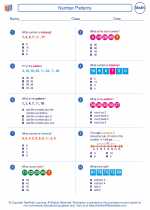 Number Patterns
Number Patterns  Worksheet/Answer key
Worksheet/Answer key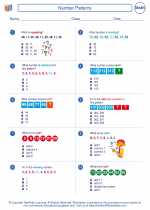 Number Patterns
Number Patterns  Worksheet/Answer key
Worksheet/Answer key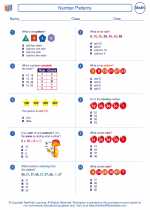 Number Patterns
Number Patterns  Worksheet/Answer key
Worksheet/Answer key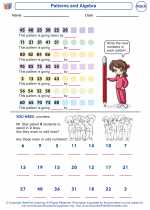 Patterns and Algebra
Patterns and Algebra  Worksheet/Answer key
Worksheet/Answer key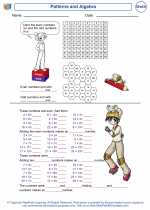 Patterns and Algebra
Patterns and Algebra  Worksheet/Answer key
Worksheet/Answer key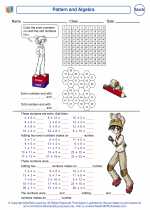 Pattern and Algebra
Pattern and Algebra  Worksheet/Answer key
Worksheet/Answer key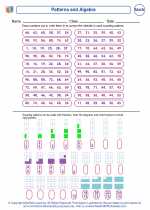 Patterns and Algebra
Patterns and Algebra  Vocabulary/Answer key
Vocabulary/Answer key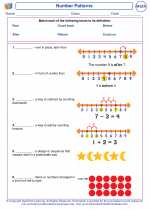 Number Patterns
Number Patterns 

 Worksheet/Answer key
Worksheet/Answer key
 Worksheet/Answer key
Worksheet/Answer key
 Worksheet/Answer key
Worksheet/Answer key
 Worksheet/Answer key
Worksheet/Answer key
 Worksheet/Answer key
Worksheet/Answer key
 Worksheet/Answer key
Worksheet/Answer key
 Worksheet/Answer key
Worksheet/Answer key
 Vocabulary/Answer key
Vocabulary/Answer key

The resources above cover the following skills:
Algebra (NCTM)
Understand patterns, relations, and functions.
Recognize, describe, and extend patterns such as sequences of sounds and shapes or simple numeric patterns and translate from one representation to another.
Analyze how both repeating and growing patterns are generated.